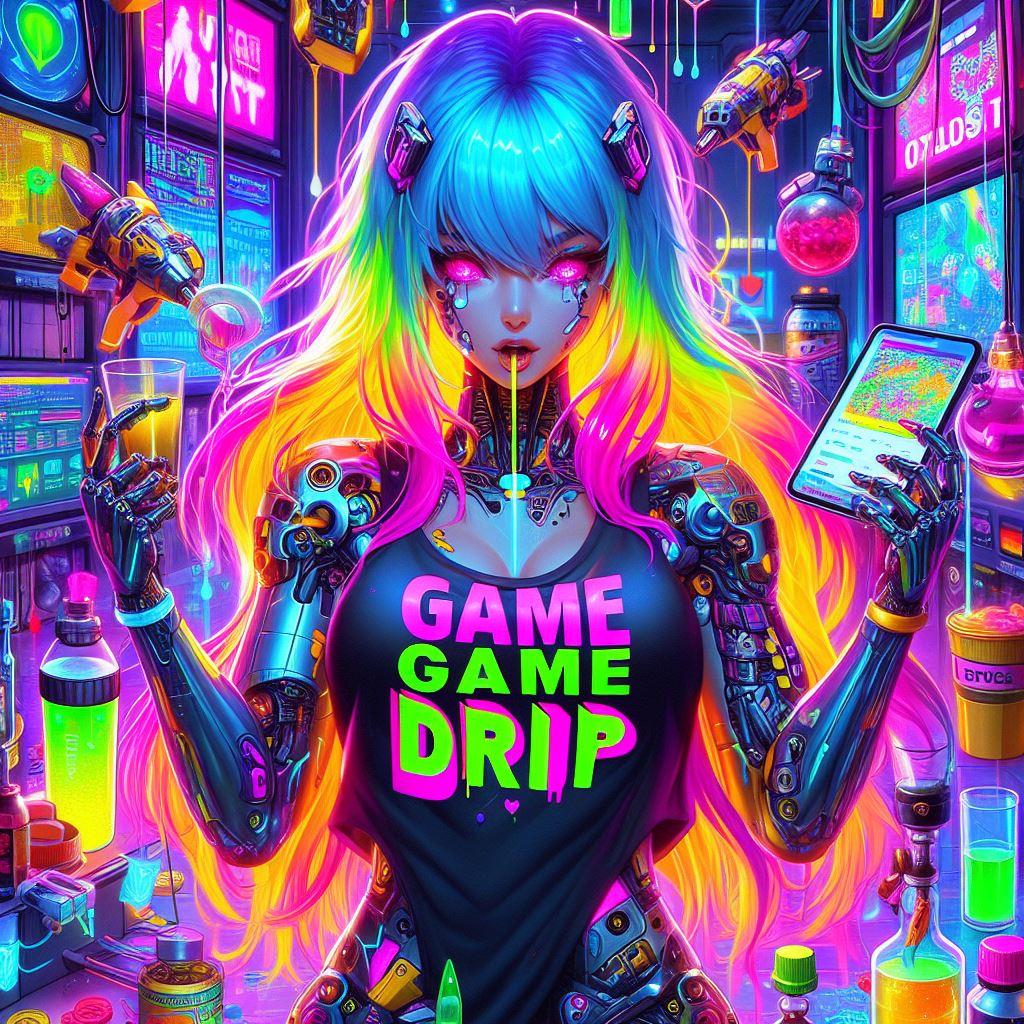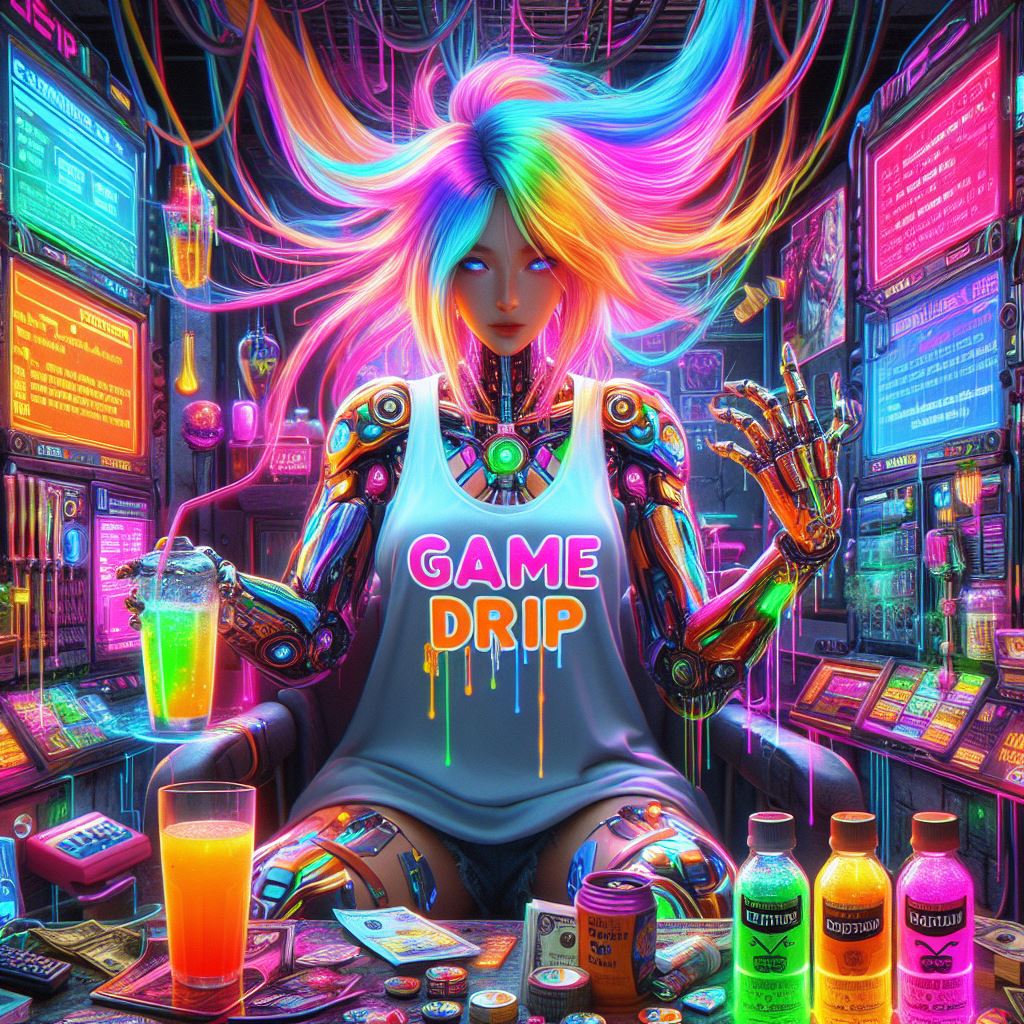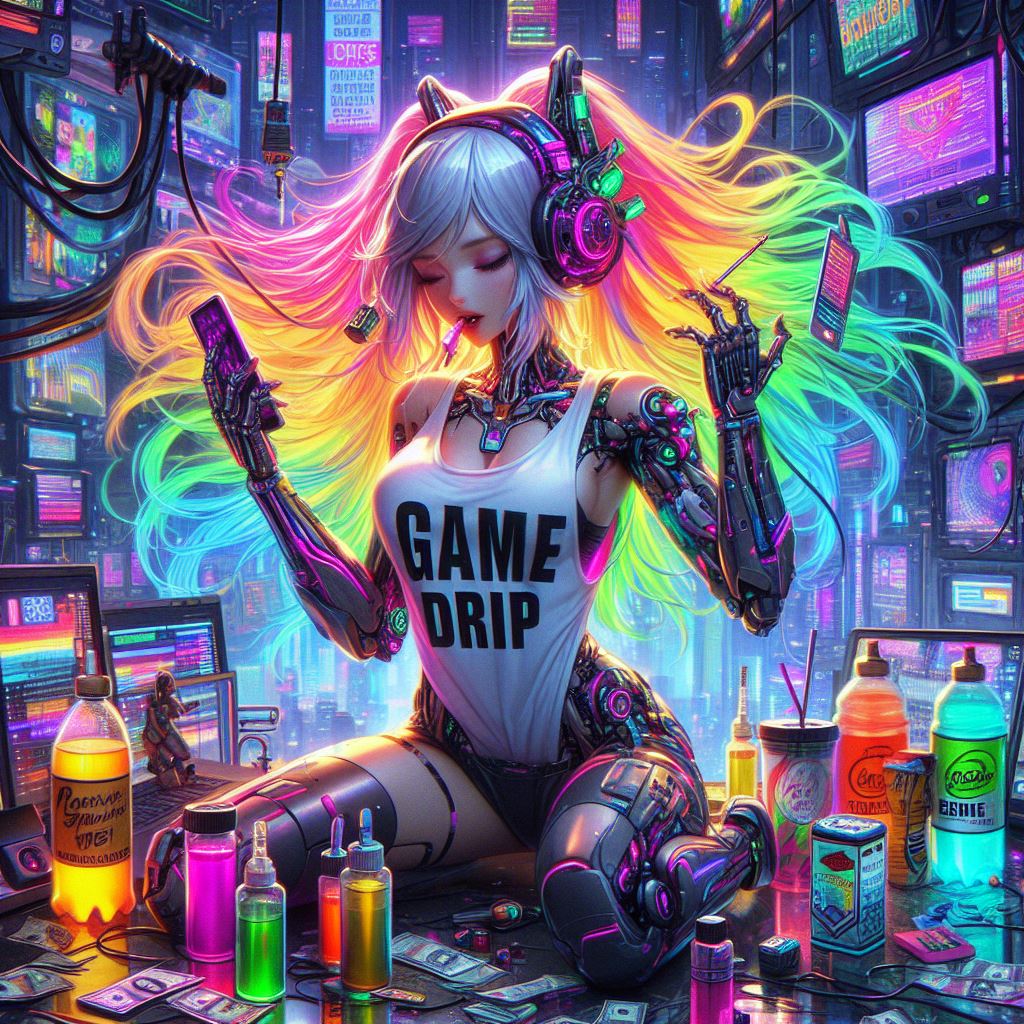As featured on Minecraft Servers Listing
#Minecraft #Vegas
Welcome to Minecraft New Vegas! 1-1 Scaled Recreation of New Vegas
Yes, you read that right. Fallout in Minecraft. Features: Heavy Roleplay, Proxy chat, Survival mechanics, Guns, Factions, Story!
We feature completely new and dynamic gameplay mechanics. Traditional minecraft mechanics do not exist! You won’t be mining or grinding diamond armor enchantments. We feature a completely custom and handmade resource pack/mod pack which includes in-depth firearms, dynamic armor, NPCs, a fluid changing barter system, Skills & SPECIAL Skills (Which actually function) and much more

We strive to create the most authentic love letter to New Vegas imaginable and there is a heavy focus on Roleplay and Character creation. How do we do that? Our server is whitelisted and requires serious people willing to devote some time into creating a character. We use a proxy voice chat mod that allows you to speak to people in game as to prevent meta-gaming, and a detailed character creator that allows you to choose your skills. Additionally, through game-play you can level those skills up!
Understand the server is fairly hardcore in terms of survival. You’ll have to worry about food, water, radiation, and sleep to get by. Not everyone will be a gunslinging badass. Getting shot is as realistic as it gets. Most firearms can kill you instantly with a single headshot. It’s imperative you wear armor and protect yourselves in this ever changing wasteland.
The learning curve is strong, and survival of the fittest will ensure your character’s legacy is worth telling
Discord Link: discord.gg/Eb3PvU3Aeb
FAQ
Q: What is this project? Is it a map I can download?
A: Minecraft New Vegas is solely a Roleplay based Minecraft Server and will not feature any sort of download for the world itself
Q: Do I need to have a microphone?
A: Yes, all roleplay must be done with a microphone. We use a proxy chat mod in game so you won’t hear everyone at once. If someone comes near you, you need to talk
Q: How old do I have to be to play?
A: 16+ is our requirement. No exceptions unless you turn 16 soon
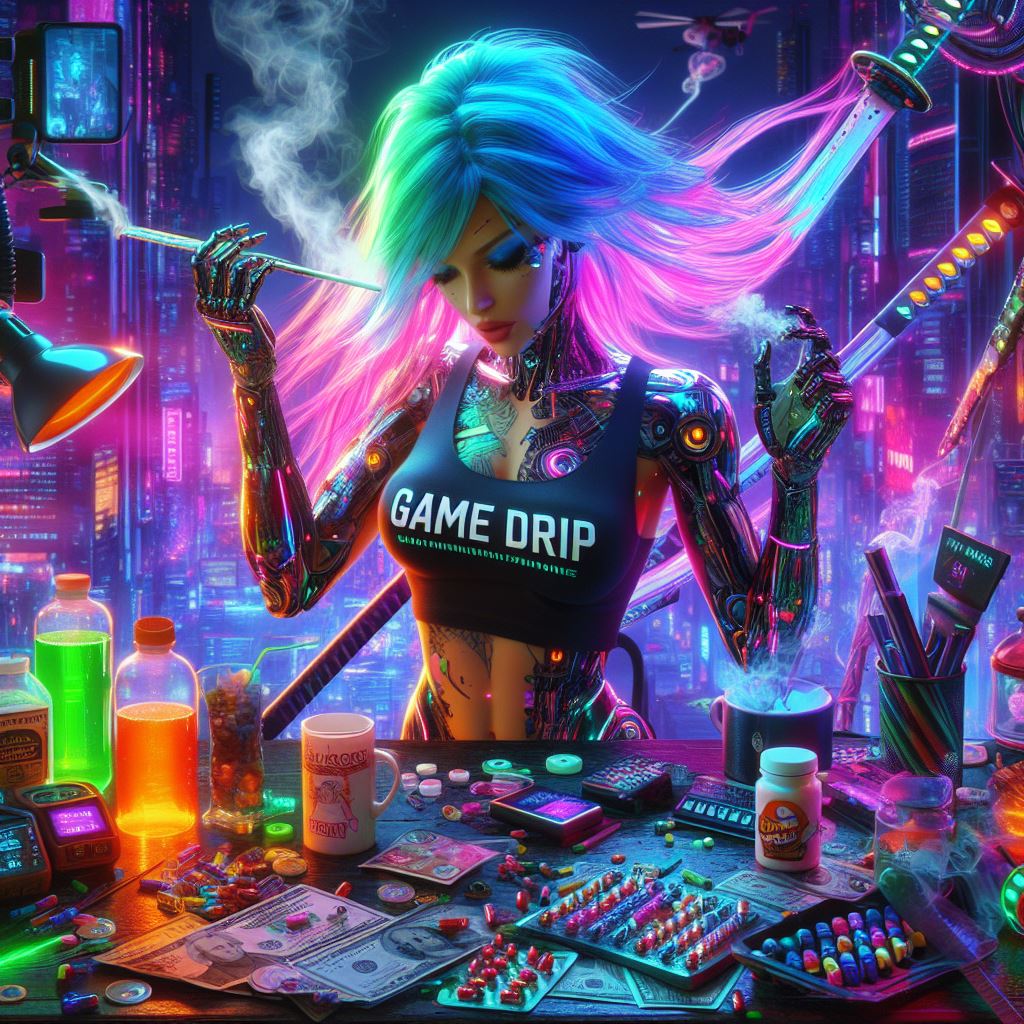
Q: Are there microtransactions or loot keys/daily chests?
A: No we will never offer loot keys or any sort of microtransactions
Q: Are you guys looking for builders/mod developers?
A: No not currently, it’s just a two man show. I build and make art assets and ZRV is our talented mod developer! Doesn’t hurt to ask because things may change!
Q: Are you looking for staff/moderators?
A: Currently no! We have had staffing issues in the past and the only people we seem to have success with are ourselves
Q: Can I join the server and not play? Just look around?
A: Unfortunately not, you will have to apply just like everyone else although we do post videos and screenshots in the discord!
Q: Roleplay? What kind of roleplay? What am I supposed to do?
A: Yes roleplay! Our discord houses the character creation process and it is very simple to create one. You must be whitelisted via application in order to join. However once accepted you can use the #create-a-character channel to create anything you can dream of as long as it fits within the lore we have set. Roleplay will be done in game exclusively and requires a microphone as we have a in-game voice chat mod that serves as proximity chat

Q: How do I get whitelisted?
A: You must read and agree to the rules first before you can gain access to the channel. From there click the dyno link and submit an application. Include as much information on there as you want us to see
Q: So do you guys use bows and arrows for combat?
A: No we actually have a fully functioning combat system involving a very dynamic gun system. The mod includes many more mechanics and features and was made by our mod developer ZRV01. It has mag loading/unloading, iron sights, projectile ballistics, bullet penetration, different ammo types, customization, and bullets deal appropriate damage and bleeding affects as you’d expect by being shot. Bullets also register different amounts of wounds depending on where you’re shot. Aim for the head? You hit the head. Aim for the body? You hit the body. There are many different types of weapons included from New Vegas. the full game guide for mechanics and guns is listed in discord
Q: Can I make any kind of character?
A: Yes you can technically write any kind of character. There are so many different people you could be. Farmers, Ranchers, Mercenaries, Faction members, Prospectors, Politicians, etc. Note that if you want to write yourself into a high standing position or rank you must request it in #role-request and a verbal interview will be done
Q: Can we be robots, ghouls, or mutants?
A: Yes it is intended to have these races implemented. They will all have their own strengths and weaknesses, currently being a ghoul is possible but the mechanics for robots and mutants are a work in progress
Credits
Relicit: Map builder, Resourcepack builder, Owner
ZRV01: Mod developer, Co-Owner
DsTheSecond: Contributed Animal Models

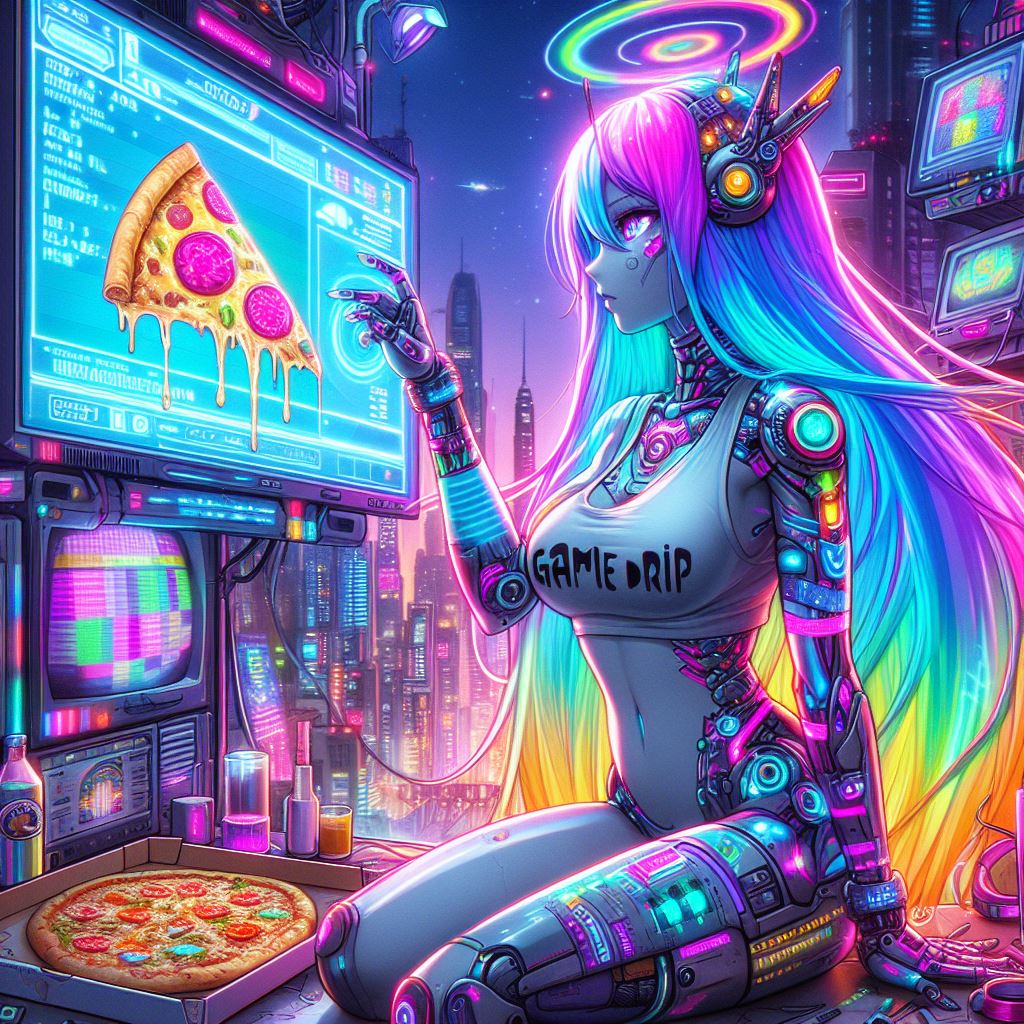




![Here are some improved title options under 30 characters:
Petal Peaks Modded Fun!
Petal Peaks Fun [Modded]
Fun Modded Petal Peaks!
Petal Peaks: Modded Bliss!
Petal Peaks [Modded] Vibes
Feel free to choose any of these!](https://game-drip.com/wp-content/uploads/2024/04/gamedrip-news-latest-6837.jpg)


